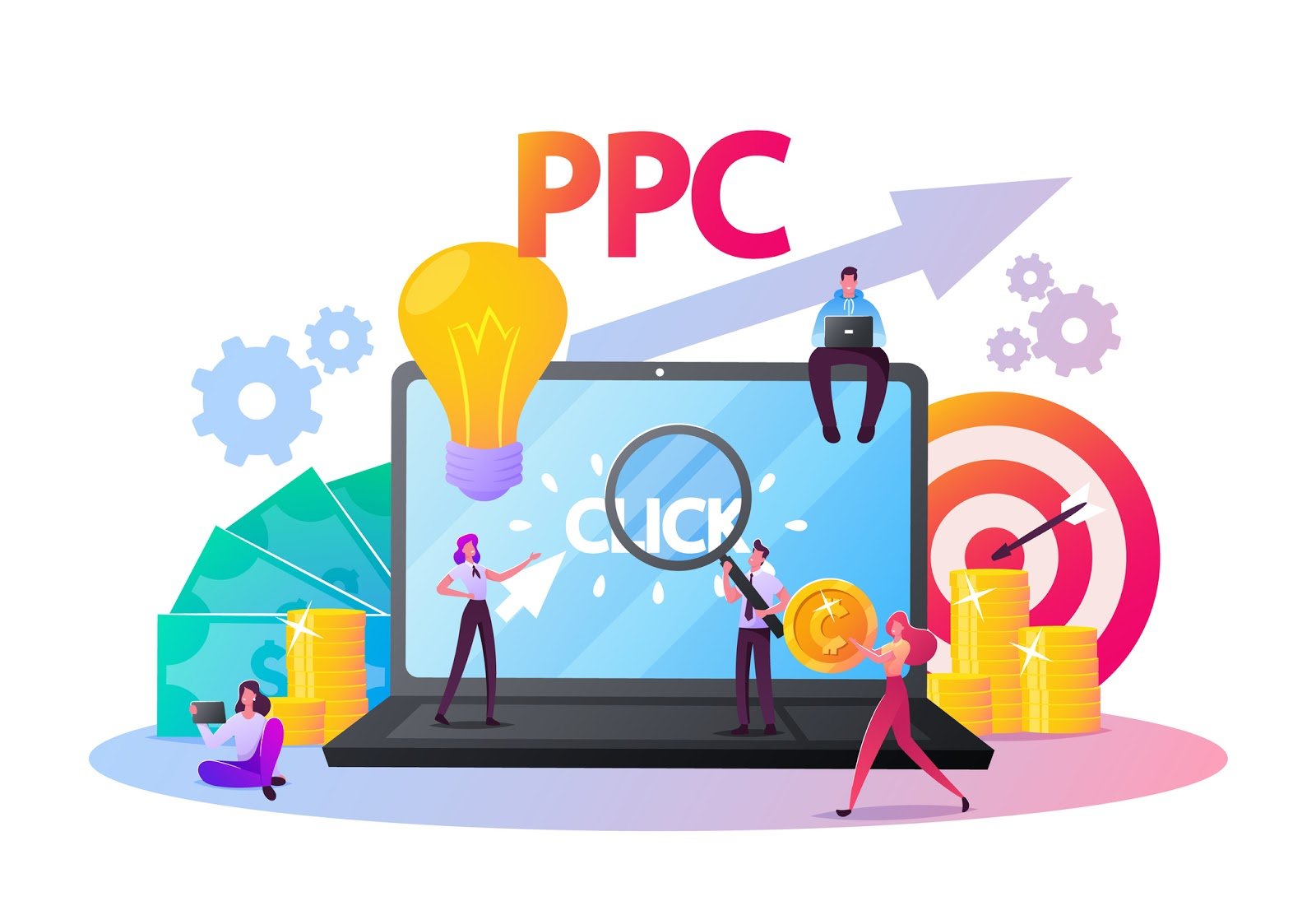Does Your Financial Advisor Firm Need a Pay Per Click Service?
When it comes to financial advisor marketing, most advisors understand the need to get the message out to investors who rely on advisors for financial advice. Traditionally, this was done through print, television, radio, phone books, direct mail, and even billboards. The strategies tend to vary by marketing budget, but the need is universal. If advisors want to grow, investors have to be able to find them. And while there is some merit to having a diverse mix of channels, there’s no denying that digital marketing has become the primary focus for financial advisor marketing.
That’s because digital marketing offers options to target your messaging to reach the right audience at the right time to increase visits to your website and ultimately produce new clients for your financial advisor firm. While there are different ways to go about increasing your firm’s online presence, let’s take a bit of a deep dive into PPC (Pay-Per-Click) digital marketing for financial advisors.
SEO vs. PPC
It’s important to understand the difference between SEO and SEM, which is primarily PPC. While ultimately, both methods are used to increase visibility and drive traffic to financial advisor websites, there are some major differences. SEO, or Search Engine Optimization, is the practice of organically boosting your search results with the use of keywords and phrases. This can be done with website copy, blog posts, social media, video, and more.
The most appealing feature of SEO is that you can do it yourself for free. It costs zero marketing dollars to use and the payoff can be substantial. The main issue with SEO, however, is that because it’s using organic searches to show results it means SEO strategies take time to produce results.
There is also a time issue. Successful advisors are busy talking to prospects, producing financial plans, and investing client assets. SEO activities are not the highest and best use of their time. Consequently, many financial advisors use the services of digital marketing agencies to provide SEO services and generate leads for them.
Conversely, SEM (Search Engine Marketing) or PPC is a form of digital paid advertising. In a nutshell, a financial advisor using PPC services is paying a search engine, such as Google or Yahoo, to show their financial advisor firm on the results page higher than organic searches based solely on SEO. PPC still uses keywords and phrases to match their firm with relevant searches but gives priority to those advertisers with both the most relevant search term as well as the highest bid.
All advisors have to do is be willing to spend a fair amount of money on their advertising campaigns.
The reason for this is that while advisors are technically paying for advertising, the search engines still want to match their users with the right service providers. Perhaps the biggest benefit of using PPC is achieving page one visibility much faster than SEO.
Ultimately the best use of SEO and PPC is a combination of the two because they each bring valuable visitors to your financial advisor website. But having a strong PPC plan is crucial for financial advisor digital marketing, and with that comes some basic PPC principles and best practices for financial advisors.
How to Run a Successful PPC Campaign
Start With an Optimized Website, Ad, and Landing Page
The success of your PPC campaign is based largely on the content and relevance of the ad and landing page that produces leads for your firm. Using researched keywords and outbidding other financial advisor firms for positioning will only get you so far. That’s because search engines like Google, also take into account the quality, relevance, and optimization of advertisements and where your ad is sending those inquiries.
For example, if you have an outdated website where none of the keywords match the search terms within your PPC campaign, Google will recognize that and possibly send less traffic your way. Before you get started with PPC, be sure you have optimized and updated your website to match the messaging in your PPC campaign.
To go one step further, financial advisors utilizing digital marketing will find that having separate landing pages for individual PPC campaigns are rewarded with improved PPC results.
CTA/Contact Us
Never underestimate the power of the CTA or Call-to-Action. This can be as simple as a contact form or a phone number, but many financial advisors are finding success with a different approach. By adding a CTA that includes an additional value-added incentive for visitors, you’re reinforcing the validity of your business and financial advisor services.
For example, instead of “contact us” why not include a CTA that includes a free offer in the form of an eBook? But, not just any eBook. How about an eBook that solves a financial problem. The more valuable the offer the more investors will register to get it.
This is also another opportunity to cross-promote content on your blog or other areas of your website. If you’ve authored a white paper or eBook, consider offering this as the call to action. By clicking that button, you can send the visitor to a special form gating the content so that they have to enter their contact information to access the free digital asset.
With the proper disclaimers and compliance-related language, you can simultaneously be providing a resource to that website visitor and also collecting information for growing your marketing distribution list.
Keywords
Keywords or keyword phrases are an integral part of any PPC strategy. For guidance, financial advisors can take advantage of Google’s Keyword Planning Tool within the Google Ads platform.
This free tool allows digital advertisers to enter search terms and phrases relevant to their business and Google will present related keywords, competing keywords, and other variations as well as the average bid on those keywords for budgeting purposes.
The usefulness of this tool cannot be understated, and it’s free to use for anyone with a Google Ads account.
Measure Results
Measuring and analyzing results is a must for PPC ad campaigns. Because results with PPC campaigns are available almost instantly, there is an opportunity to modify or cancel ads that aren’t working or possibly increasing the marketing budget for the more productive ads.
Just remember to not make any marketing decisions too quickly, and only make drastic changes once you see a pattern emerge for underperforming campaigns. This step can have a steep learning curve, but once you get the hang of analyzing the results you can make even more of an impact with your digital marketing.
Work with an Experienced Partner
Even financial advisors with paid digital advertising experience will oftentimes choose to partner with a digital marketing agency for their SEO and PPC efforts. This is because running digital PPC campaigns – while worthwhile - can be a time-consuming part of financial advisor digital marketing and can take away from a financial advisor’s other regular tasks such as communicating with clients and managing their portfolios.
Ultimately, it’s an individual choice and something that should be considered for any financial advisor using digital marketing who wants more leads.


